
Television history is rich with unexpected and thought-provoking character deaths that continue to spark conversations among viewers even after episodes have concluded. Some deaths were significant because they altered the course of the show; others caught audiences off guard due to sudden, unforeseen occurrences, while a few were jarringly bad and seemed unnecessary or unjustified. As in life, death is an unavoidable part of television, but these character departures left lasting impressions on their respective series’ legacies.
Some deaths in various shows leave viewers questioning and contemplating, as they struggle to comprehend the events leading up to the demise. However, other shows skillfully foreshadow a character’s final days, making their death itself less shocking but leaving one pondering the circumstances long after the credits have finished rolling, regardless of whether the show is a comedy, drama, fantasy, or traditional sitcom.
9. Glenn Rhee
The Walking Dead (2010 – 2022)
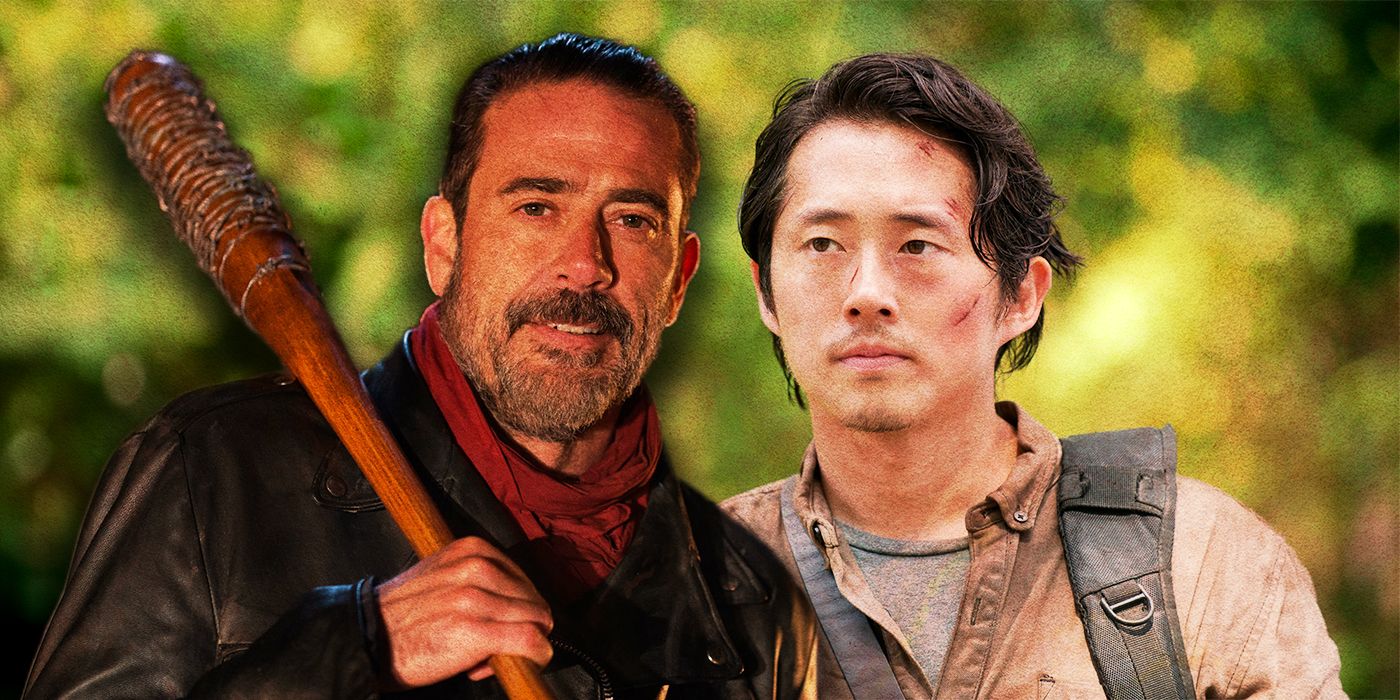
Initially, “The Walking Dead” stood out as one of the most thrilling and captivating TV shows, brilliantly demonstrating the possibilities of zombies on television. Yet, over time, I found myself growing more and more dissatisfied with the show’s creative choices, as it seemed to prioritize shock value over compelling narratives, often creating a sense that it was manipulating its audience by seemingly killing off characters only to bring them back, only to kill them again in a way that felt senseless.
In essence, the primary cause of this scenario was Glenn Rhee, a key figure present since the pilot episode. Although I was dismayed when it seemed Glenn was eaten by a swarm of ravenous walkers concealed under a dumpster, The Walking Dead played a trick, as it turned out he had utilized Nicholas’s body as a protective barrier and managed to survive the assault. With such intense anticipation for Glenn’s comeback, his death at Negan’s hands in the subsequent season felt completely unnecessary, and I’m still annoyed over it.
8. Catelyn & Robb Stark
Game of Thrones (2011 – 2019)

Since Ned Stark’s surprising demise at the conclusion of the initial season of Game of Thrones, it has been evident that no character was invincible in this HBO fantasy saga. Over the course of its eight seasons, numerous cherished characters appeared and vanished, but none were as gruesome or shocking as the deaths of Catelyn and Robb Stark at the Red Wedding. This abrupt and heart-wrenching portrayal of mortality left viewers reeling on social media after the episode aired.
In this episode reminiscent of a gruesome spectacle even for “Game of Thrones,” not just Catelyn Stark and Robb were claimed by death, but also Talisa Stark, Joyeus Frey, and Wendel Manderly in this bloody act of revenge. This massacre will forever be etched in the minds of viewers as one of the most impactful scenes in a series rich with unforgettable moments, demonstrating the lasting impression and sudden surprise that the Red Wedding left on the show’s audience.
7. Joyce Summers
Buffy the Vampire Slayer (1997 – 2003)

In the 1990s, Buffy the Vampire Slayer, one of the most-watched TV series, was known for its characters battling supernatural dangers as hinted by its title. The protagonist, Buffy Summers, a teenage slayer, played a crucial role in safeguarding Sunnydale from hordes of vampires, demons, witches, and other enchanted beings. Sadly, those closest to her were frequently targeted by evil forces. However, it was not the creatures of the Hellmouth that took the life of Buffy’s mother, Joyce; instead, a brain aneurysm caused her untimely death, making it all the more shocking and heart-wrenching.
Buffy experienced profound sorrow upon Joyce’s passing. It served as a poignant lesson that no matter how often one heroically saves the world, mortality ultimately touches us all, even the strong-hearted like Buffy. Her humanity, evident in her raw, unavoidable grief over losing a loved one, was powerfully underscored. The seemingly random nature of Joyce’s death—not supernaturally induced—made it all the more poignant and enduring in memory.
6. Poussey Washington
Orange Is the New Black (2013 – 2019)

Initially, “Orange Is the New Black” started as a humorous depiction of Piper Chapman’s unexpected 15-month stay in a minimum-security women’s prison. However, one of the reasons this popular early Netflix series stood out was its approach to narrating the pasts of each female inmate. This allowed viewers to delve into their lives and understand how they landed behind bars. These characters became familiar and endearing, which intensified the emotional impact of Poussey Washington’s tragic death in season 4.
Poussey passed away after a prison demonstration turned tragic, resulting in her being forcefully subdued by an untrained guard who mistakenly caused her death by suffocation. This heart-wrenching event served as a stark reminder of the dangers faced in correctional facilities, raising significant questions about the state of prison systems and drawing numerous comparisons to real-life situations. The tragic demise of Poussey sparked the establishment of the Poussey Washington Fund (as reported by Vanity Fair), an initiative dedicated to fostering criminal justice reform and offering support to incarcerated women.
5. Adriana La Cerva
The Sopranos (1999 – 2007)
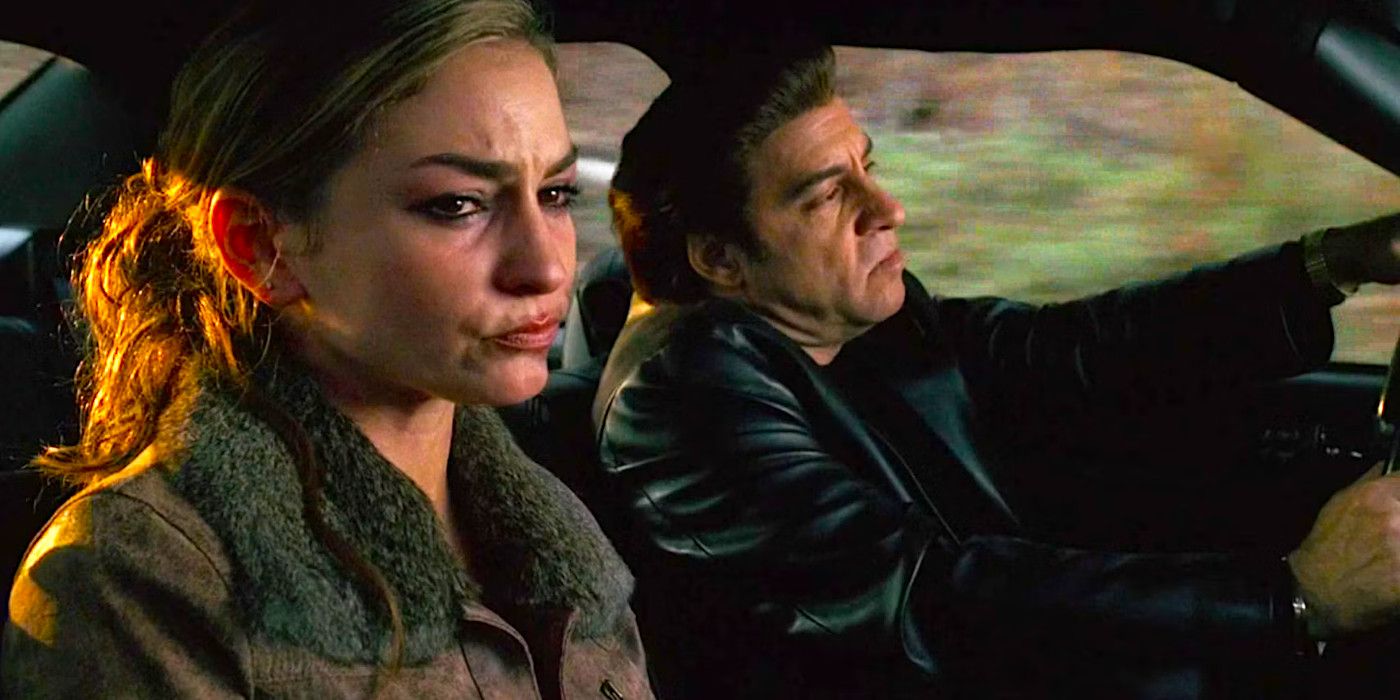
Since Adriana La Cerva started working as an FBI informant, it became evident that her time was running out, even though nothing could lessen the emotional impact of her death in The Sopranos. As the girlfriend of Christopher Moltisanti, Adriana found herself stuck between her allegiance to her partner and the power the law enforcement held over her, leading to her ultimate downfall. Watching the scene where she eventually admitted everything to Christopher was particularly poignant, as she continued to cling onto the hope that they could escape to Witness Protection and build a new life together.
Instead, the pressure mounted as she unwittingly climbed into a car with Silvio, led to believe that Christopher had attempted suicide. By then, she had figured out the deception, but it was already too late. Rather than depicting her murder directly on screen, the camera instead focused on a serene image of the woods instead. Given that she was one of the few characters in “The Sopranos” who yearned for a life free from the mob, her death at the hands of those she was close to made her character development one of the most despairing throughout the series.
4. Lane Pryce
Mad Men (2007 – 2015)
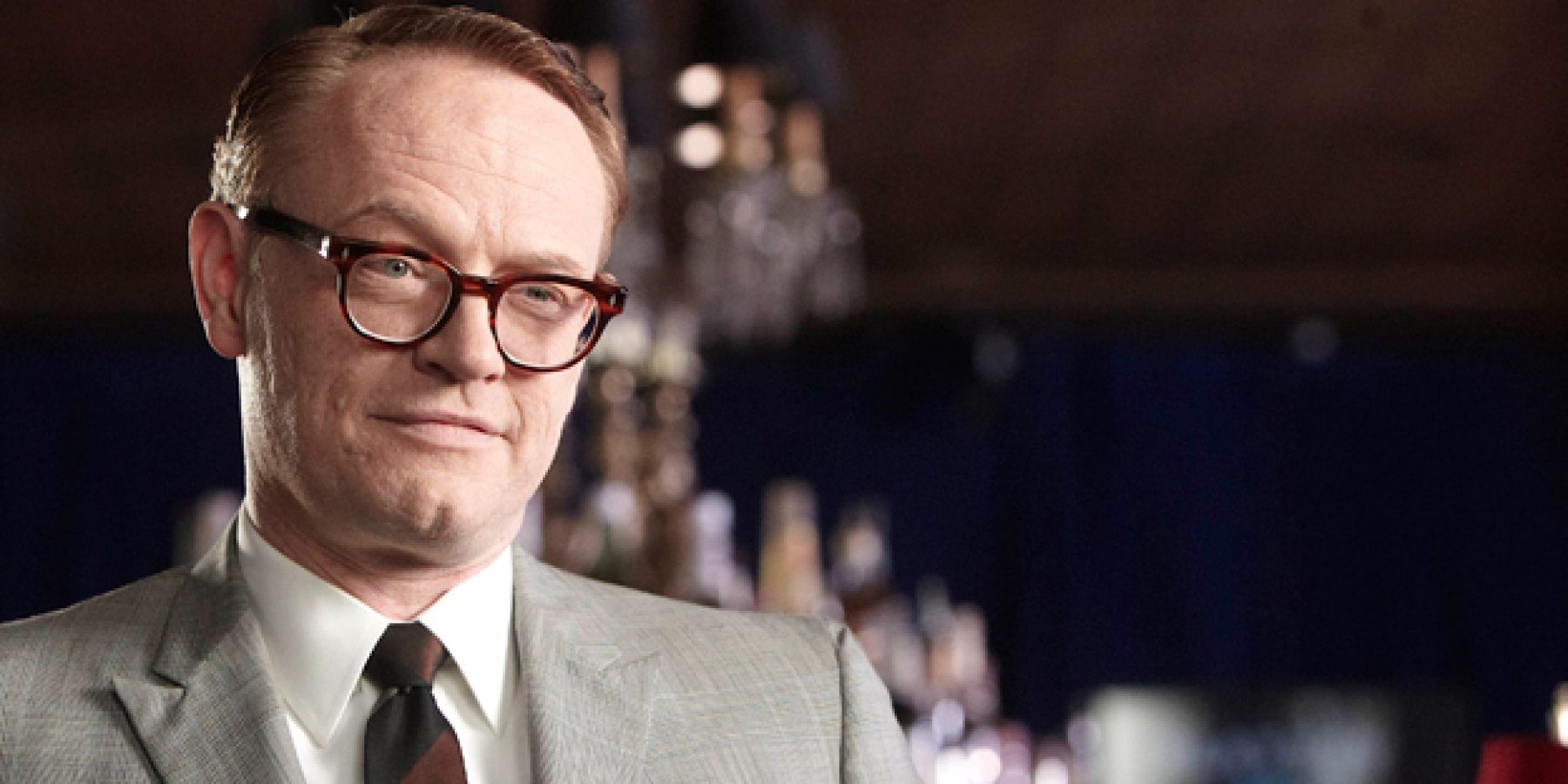
In the realm of top-tier TV dramas from the 2000s, Mad Men holds its ground alongside heavyweights like Breaking Bad and The Wire. Unlike these series, which focus on action, crime, or violence, Mad Men delved deeply into the societal transformations of the 1960s, bringing to light gender disparities, social hierarchies, and antiquated customs that influenced the personal lives and professional trajectories of advertising professionals. Entering this scene was Lane Pryce, a British financial officer dispatched by Puttnam, Powell, and Lowe to join Sterling Cooper Advertising Agency.
Lane’s character was portrayed as a man who appeared to be doing everything correctly, but found himself struggling financially, emotionally, and mentally due to the heavy responsibilities associated with his new job. Tragically, he resorted to forging Don Draper’s signature to cover up a financial loss, and when confronted with the repercussions of his actions, he chose to take his own life in the TV series ‘Mad Men’. This shocking act highlighted the devastating consequences that failure could have on men during the 20th century.
3. Logan Roy
Succession (2018 – 2023)
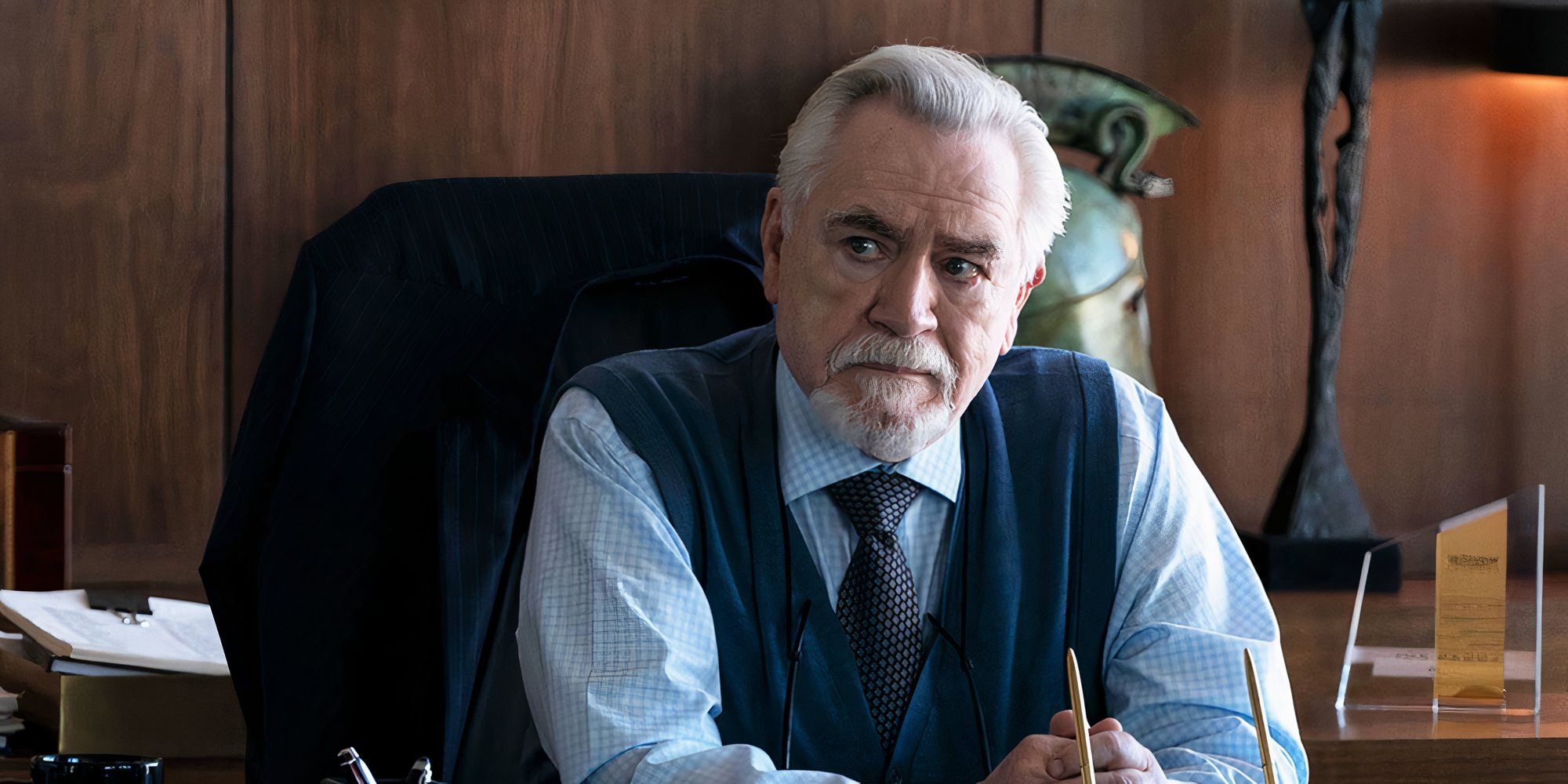
In the foundational plot of Succession, it was always a given that the demise of media titan Logan Roy would have seismic implications. From the very first episode, his ailing health was evident, hinting from the outset that the Roy family would eventually grapple with their father’s passing and the fate of their colossal corporation. Yet, despite these forebodings, Logan’s death in the fourth episode of the final season still struck as an electrifying surprise that fundamentally reshaped the entire series.
In “Succession,” Logan’s perspective and influence significantly shaped the storyline. Even though he wasn’t present in the last episodes, his absence loomed large, influencing every character’s interactions in a somber manner. The death of Logan, as expected, brought out the most ruthless and competitive aspects in his offspring, as they all maneuvered cunningly to seize power. Essentially, “Succession” was a family drama brimming with Shakespearean-like tragedies, and Logan’s demise served as the catalyst for every event leading up to its dramatic conclusion.
2. Susan Ross
Seinfeld (1989 – 1998)
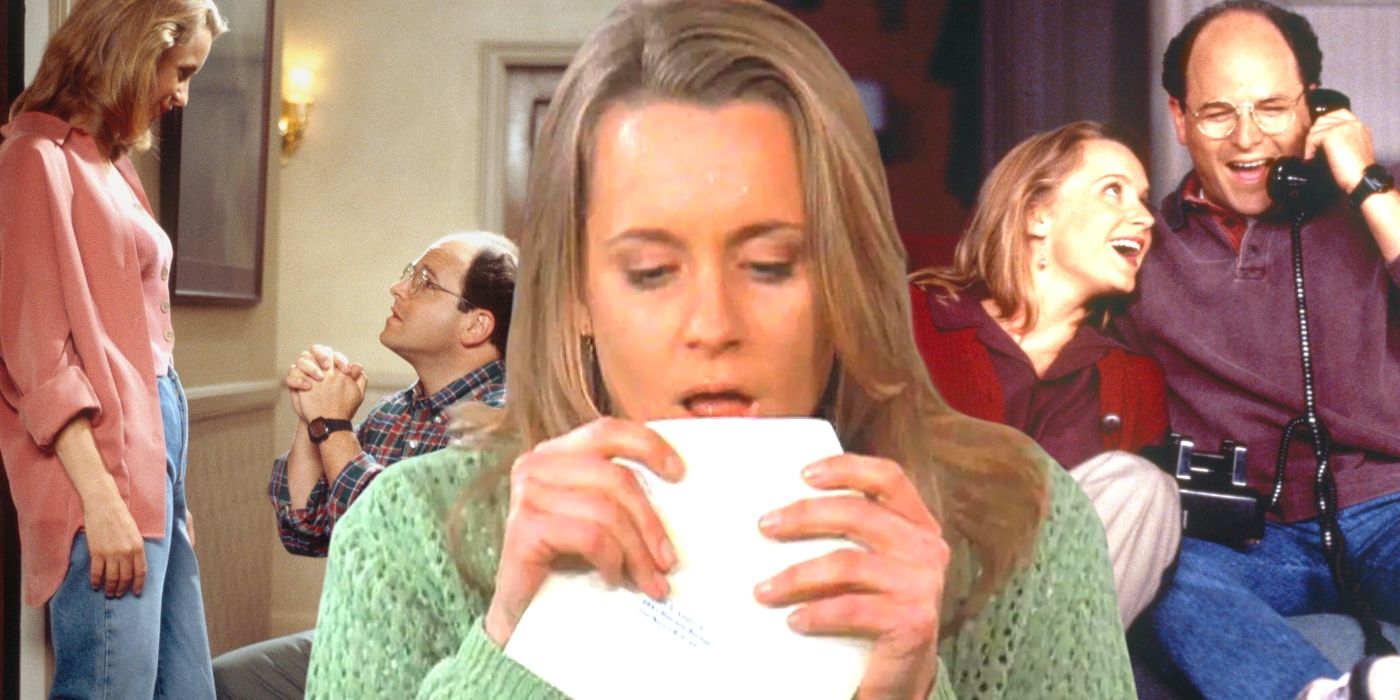
In the 1990s, “Seinfeld” was a highly acclaimed sitcom, but what truly stood out about it was the unforgettable demise of one character – Susan Ross, who was intended to become George Costanza’s wife. Despite his reluctance and spending the entire seventh season concocting plans to avoid the wedding, it seemed that George would have to proceed with the ceremony. However, in a twist as strange as it was unexpected, Susan died after unknowingly licking toxic envelopes for their wedding invitations, which George had economized on.
The sudden, somber turn in the light-hearted sitcom was surprising due to Susan’s abrupt and seemingly unimportant demise, which left George secretly relieved from his marriage obligations. This peculiar plot twist becomes more comprehensible when considering the off-screen tension between Heidi Swedberg and Jason Alexander, a fact revealed in an interview many years later. In this interview, Alexander confessed that he struggled to perform alongside Swedberg, expressing, “I just couldn’t find the right rhythm with her” (THR). Given Swedberg’s acting style didn’t resonate well with the Seinfeld cast, it appeared they opted to eliminate her character rather than resolving the issue.
1. Nate Fisher
Six Feet Under (2001 – 2005)
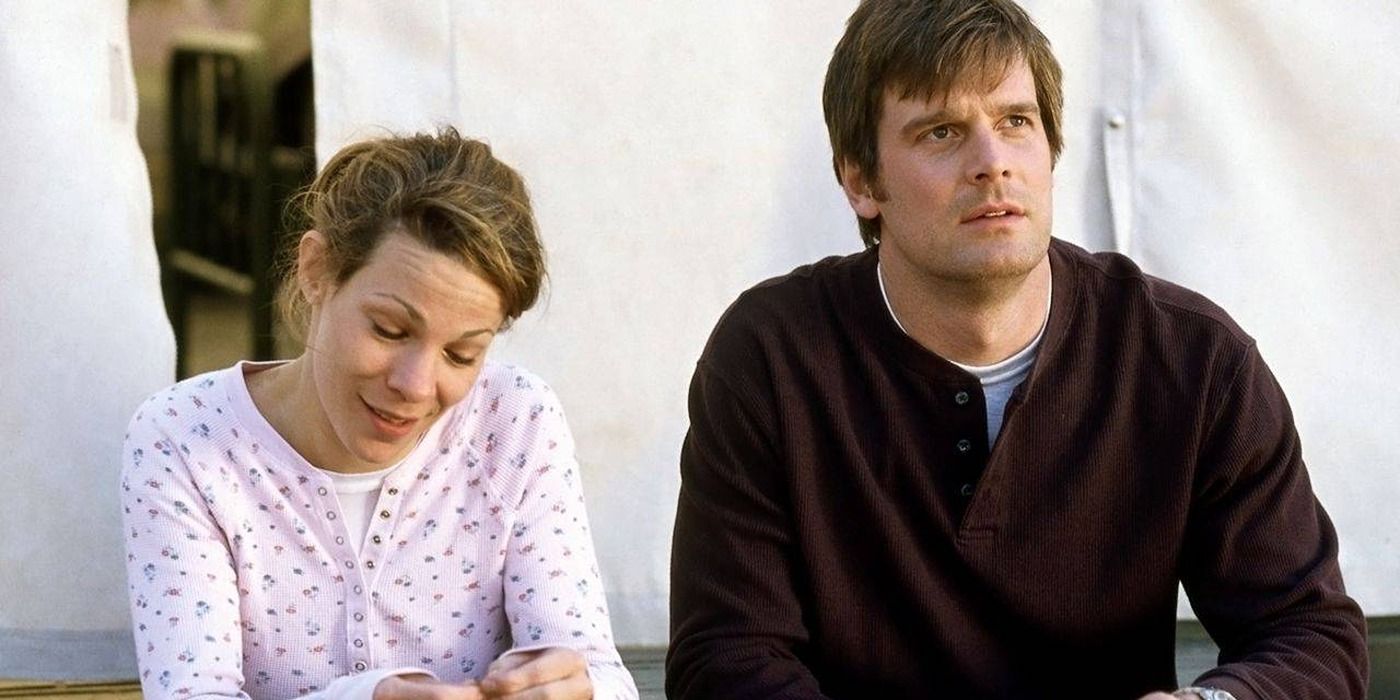
In every instance of “Six Feet Under,” grief is central, given that the story revolves around a funeral home. Yet, no amount of preparation could have braced me for the heart-wrenching death of Nate Fisher in the penultimate episode of the show titled “All Alone.” His brain issue was initially hinted at in the first season itself, and despite numerous hints about the untimely passing of the eldest Fisher son, it added a grim tone to the series’ concluding episodes.
The series “Six Feet Under” is renowned for its powerful finale, where it revealed how each character in the show continued their lives and eventually passed away. In the final, poignant scene of the series, which brought resolution to all main characters, it was hard not to imagine Nate when we saw his mother, siblings, and spouse carry on without him. As a show that explored the unavoidable aspect of grief in human life, “Six Feet Under” and Nate Fisher served as a moving reminder that before we depart this world, we must first live our lives to the fullest.
Read More
- Clash Royale Best Boss Bandit Champion decks
- Best Hero Card Decks in Clash Royale
- Clash Royale December 2025: Events, Challenges, Tournaments, and Rewards
- Ireland, Spain and more countries withdraw from Eurovision Song Contest 2026
- Clash Royale Witch Evolution best decks guide
- JoJo’s Bizarre Adventure: Ora Ora Overdrive unites iconic characters in a sim RPG, launching on mobile this fall
- ‘The Abandons’ tries to mine new ground, but treads old western territory instead
- How to get your Discord Checkpoint 2025
- The Most Underrated ’90s Game Has the Best Gameplay in Video Game History
- eFootball 2026 v5.2.0 update brings multiple campaigns, new features, gameplay improvements and more
2025-04-23 20:02